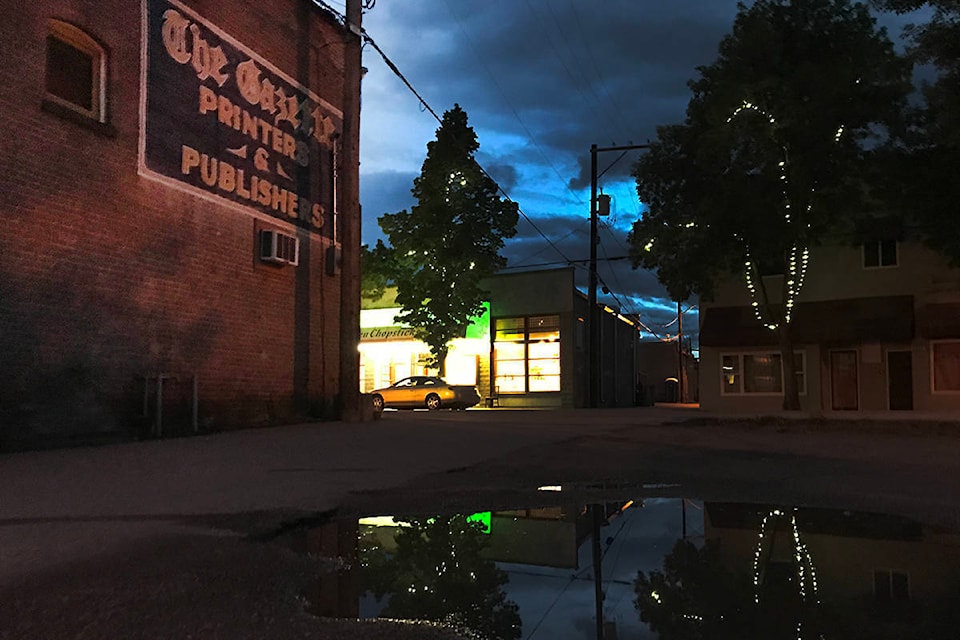The Boundary, for the most part, is one of the final bastions of (relatively) affordable living in B.C. I rent a spacious one-bedroom apartment for the cost of my friend’s Kitsilano closet. Food in the grocery stores is affordable here, not jacked up sky high like that $12 frozen pizza I once bought on Haida Gwaii (yes, I should have just had fish instead). And yet still, the percentage of the Boundary’s population that lives below the nationally recognized low-income measure is well higher than that of the province as a whole.
We’re affordable here, for many, but prices keep climbing and with that comes a need for us as a community to double down and ensure that our friends and neighbours don’t get squeezed out between the cracks.
In Area E, more than one in three kids live in a household under the low-income measure. While the RDKB-wide average for that figure sits at 18.6 per cent, the average across the six electoral jurisdictions west of the Paulson Bridge is nearly 10 points higher, at 28.5 per cent.
RELATED: Boundary looks to address poverty across region through B.C. grant
I’ve heard murmurs of discussions over the past few weeks asking why the RDKB is pursuing a poverty reduction study and strategy for the Boundary in particular – questions that seem to whistle at the idea that Grand Forks’ support for the Boundary-specific study might turn the city into a dumping ground for social services and that we will have to shoulder funding burdens of new projects.
Firstly, Grand Forks, we need to recognize that for all intents and purposes, we are the urban hub for the Boundary, and with that necessarily comes some social services. If you think that some services may be taxing on the city, consider your neighbours in Greenwood and Midway, towns of just over 600 people each, and their capacity. We are it, and we need to recognize that and accept the responsibility that comes with it.
Sure, Trail and Castlegar are bigger – after all, they do both have Canadian Tires – but they’re more than an hour’s drive away in perfect weather. If you have a car and can pay for gas to get there.
To questions around why the RDKB is looking specifically at the Boundary, it is because the Columbia side of the regional district already completed a poverty study of its own, privately funded through industry and the Columbia Basin Trust.
Perhaps the fact that our fellow electors to the east can do such a thing under the power of their own local resources while we seek provincial funding for the study is telling. We desperately need it, and we should seriously consider following through on the actions any future report would prescribe.
In 2019, both the Boundary Community Food Bank and the Boundary Women’s Coalition – which operates the transition house in Grand Forks – saw record demand. It’s fantastic that we have these services in our community, and a plan such as that being pursued by the RDKB could go a good way to helping them out even more.
To be clear, a poverty reduction plan is not strictly a plan to cure homelessness in any area, though that would be great, to be certain. A poverty reduction plan ought to lay out a framework that would make life more sustainably affordable for the community at large.
According to the authors of the Lower Columbia report, “‘Thriving For All: Lower Columbia Poverty Reduction Plan’ is a potential roadmap to working to alleviate the struggle of some of our neighbours here in the West Kootenay, many of whom we may not even realize are struggling.”
That’s the key. “From surviving to thriving” is the driving phrase behind the report. It’s beautiful rhetoric, to be sure, but taken seriously, I think we can all imagine what “thriving” looks like to us in the Boundary. It means a place to live safely, food to grow and eat and share, opportunities to learn, exercise, and grow ourselves as people and as a community.
@jensenedw
Jensen.edwards@grandforksgazette.ca
Like us on Facebook and follow us on Twitter.
